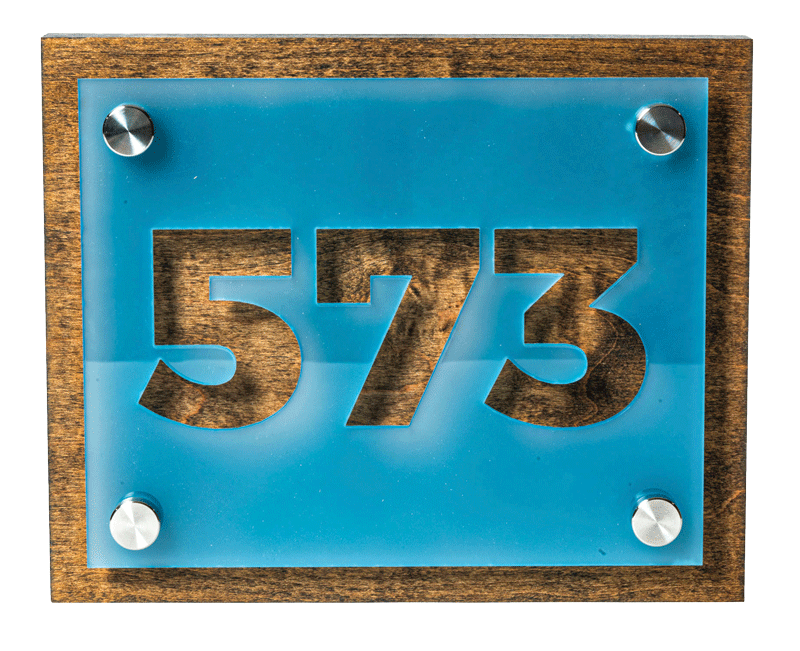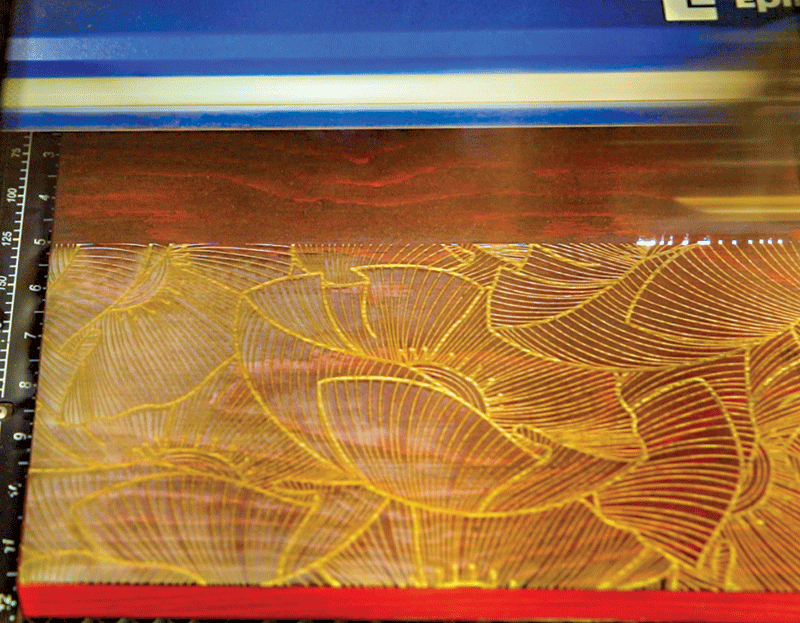
With the latest developments in carbon dioxide (CO2) laser systems, shops can now enhance their current products and increase the variety of signage they offer. Photos courtesy Epilog Laser
By Amy Dallman
Today’s sign companies are searching for unique ways to increase profits without significant cash outflows. The best way to grow the number of customers coming to your shop is to increase the value of the service you can provide them. In the sign industry, there are two ways to add this extra value: introduce a unique touch to the signs you create or expand your offerings with related items. With the latest developments in carbon dioxide (CO2) laser systems, you can now enhance your current products while increasing the variety of signage you offer with highly versatile engraving and cutting systems.
Affordable desktop laser engraving systems have been around since 1988, when they were initially used in the awards and engraving markets. However, over time, an increasing number of industries have been discovering the value of a laser system. From furniture makers to plastic fabricators and tool manufacturers, the versatility of a laser system allows companies across fields a low-cost alternative to the large, expensive mechanical engravers of the past.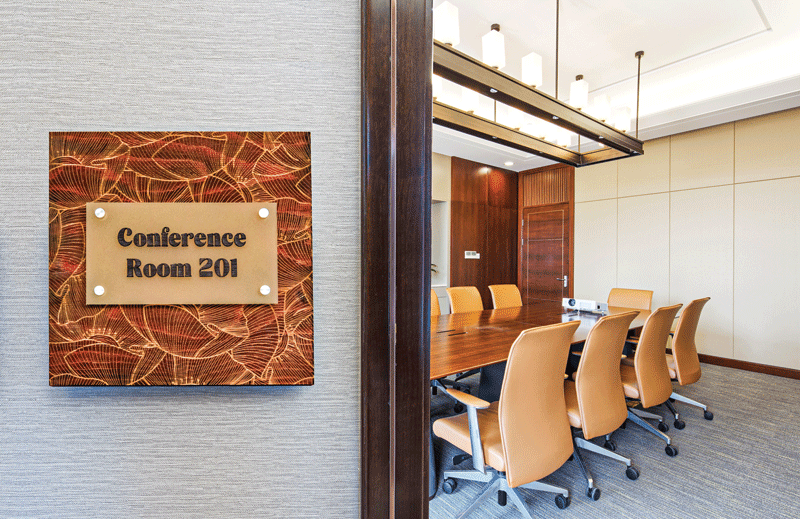
Laser’s surge in popularity
One reason why laser systems have become so popular is their ability to work with a wide variety of materials. CO2 lasers are commonly used to engrave and cut acrylic, wood, plastic, glass, rubber, leather, fabric, matte board, stainless steel, and melamine—but it does not end there. There are various materials which are compatible with laser systems. In fact, certain manufacturers will even allow shops to send in materials to be tested with their machines. A technician will experiment with the material on various wattages of lasers to find the right system to meet the shop’s needs.
Adding a laser system to your shop provides the ability to create signage from marble, stone, wood, plastic, acrylic, glass, ceramics, and fabrics. Moreover, you can increase your product line with architectural signage, picture frames, awards, plaques, trophy plates, corporate promotions, decorative tiles, point-of-purchase displays, advertising specialties, and more. When you combine the list of materials you can work with and consider all the projects you can complete with those materials, the possibilities are endless.
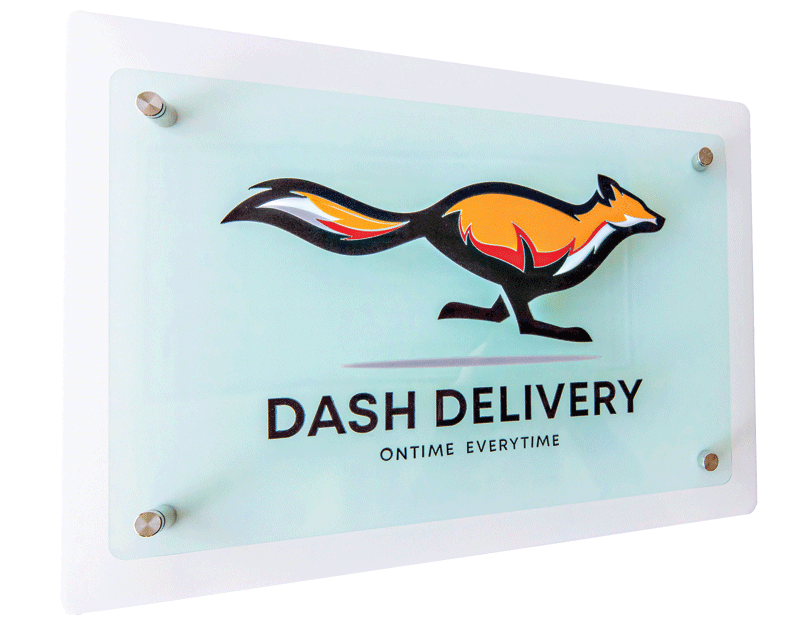
A laser can use artwork in various formats to create custom graphic designs that look great on a variety of materials.
Another contributing factor to the popularity of CO2 lasers is their ability to produce stunning graphic images. From clipart to scanned images, a laser can use artwork in various formats to create custom graphic designs that look great on a variety of materials.
Laser literacy
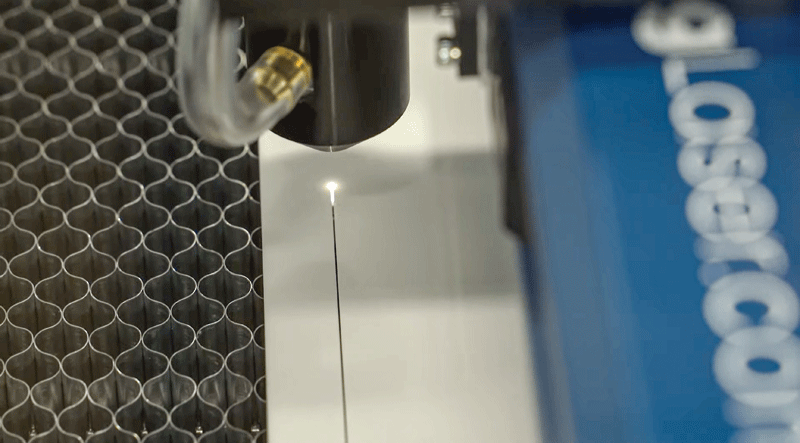
Materials which are compatible with laser systems include acrylic, wood, plastic, glass, rubber, leather, fabric, matte board, stainless steel, and melamine.
The learning curve for laser engraving in the sign industry is short. The laser works similar to a printer—what you set up on your computer screen is what you are going to engrave on your product. The longest portion of the curve is learning the graphic software. Once you are experienced in this department, you can then master the laser system. Many customers who are already operating graphics software can start generating revenue within hours of receiving their laser.
Training and education programs are also constantly evolving. Once you receive your laser, a local distributor will come to your facility to help set it up and train you on how to operate it. Manufacturers also hold more extensive training sessions across the country. Additionally, many of the sign and awards industry trade shows throughout Canada offer a variety of laser seminars.
Pricing with precision
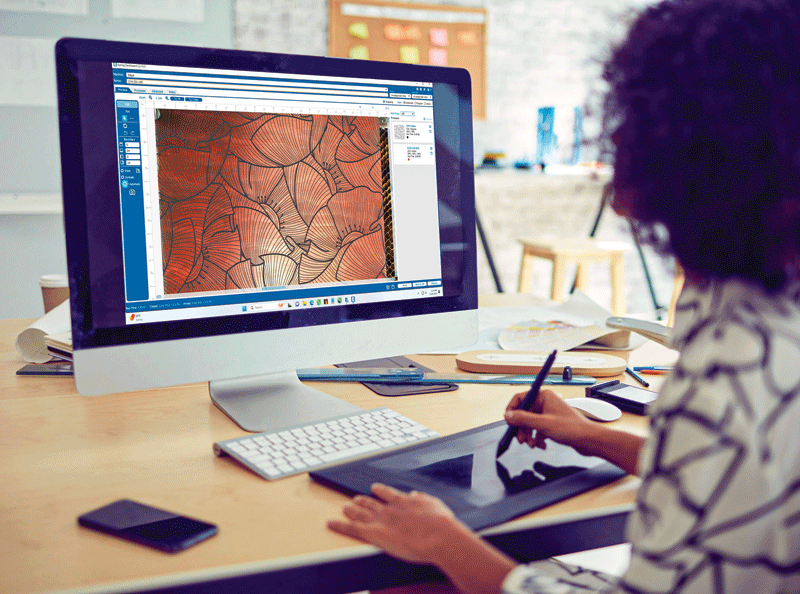
Similar to a printer, the image set up on the computer screen is what the laser will engrave onto a product.
Personalization of products is a profitable addition to your business. Laser engraved products are perceived as high-value products and can be priced accordingly. Since the perceived value is high, and the cost of production is relatively low, profit margins on products are typically high. However, many people who are just getting started in the laser business still have questions about how to properly set their pricing.
There are a few easy ways to help establish pricing. One of the most popular strategies is to determine how long the job is going to take and then decide how much you want to charge for machine time.
For example, a customer requires 50 wooden door signs at 203.2 x 254 mm (8 x 10 in.). Each sign will take 30 minutes to engrave, which means you have 25 hours of engraving ahead. Typically, professionals value their machine time at a specific rate, such as $60 per hour, plus materials. For this project, the engraving time totals 25 hours multiplied by $60 per hour, resulting in a quote of $1,500, excluding materials. This pricing is considered quite reasonable within the corporate market.
The tough part of this equation is, how do you know to charge $60 per hour for machine time? Considerations for pricing include employee wages for engraving, machine rental expenses, overhead costs such as utilities, and desired profit margins. By factoring in these elements, you can arrive at a realistic estimate for your pricing. This number also varies from region to region. Some engraving companies located in affluent parts of the country charge between $200 and $250 per hour. However, on average, engravers charge between $50 and $100 per hour.
Further, your return on investment (ROI) depends on how much you run the laser. For some businesses, the potential exists to cover the cost of their system with revenue from their first-ever job. While this is uncommon, it is feasible, particularly with the internet facilitating national expansion and specialization in niche products. The most important factor affecting how quickly you can earn back the money you spend on the laser is the speed of engraving. A laser running at 3,048 mm (120 in.) per second (with quality engraving) will allow you to run twice as many jobs as one running at only 1,524 mm (60 in.) per second. However, it is important to consider both quality and speed when comparing options.
The time is now
The sign industry is one of the fastest-growing markets for acquiring laser technology. With a downturn in the economy, it is important you continue to increase the value of the products you can offer to your clients. Expanding your capabilities with a laser has never been more affordable, nor have you had access to such a wide range of potential customers.
Amy Dallman is the marketing communications specialist for Epilog Laser, co-ordinating the company’s internal and external communications, including e-newsletters and social media campaigns. With more than 15 years of experience in the industry, Dallman is well-versed in laser technology and applications.


